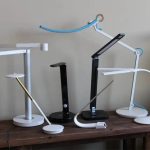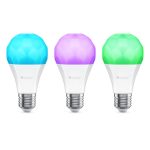LED Light Strip Troubles? Here’s How to Fix Them Quickly!
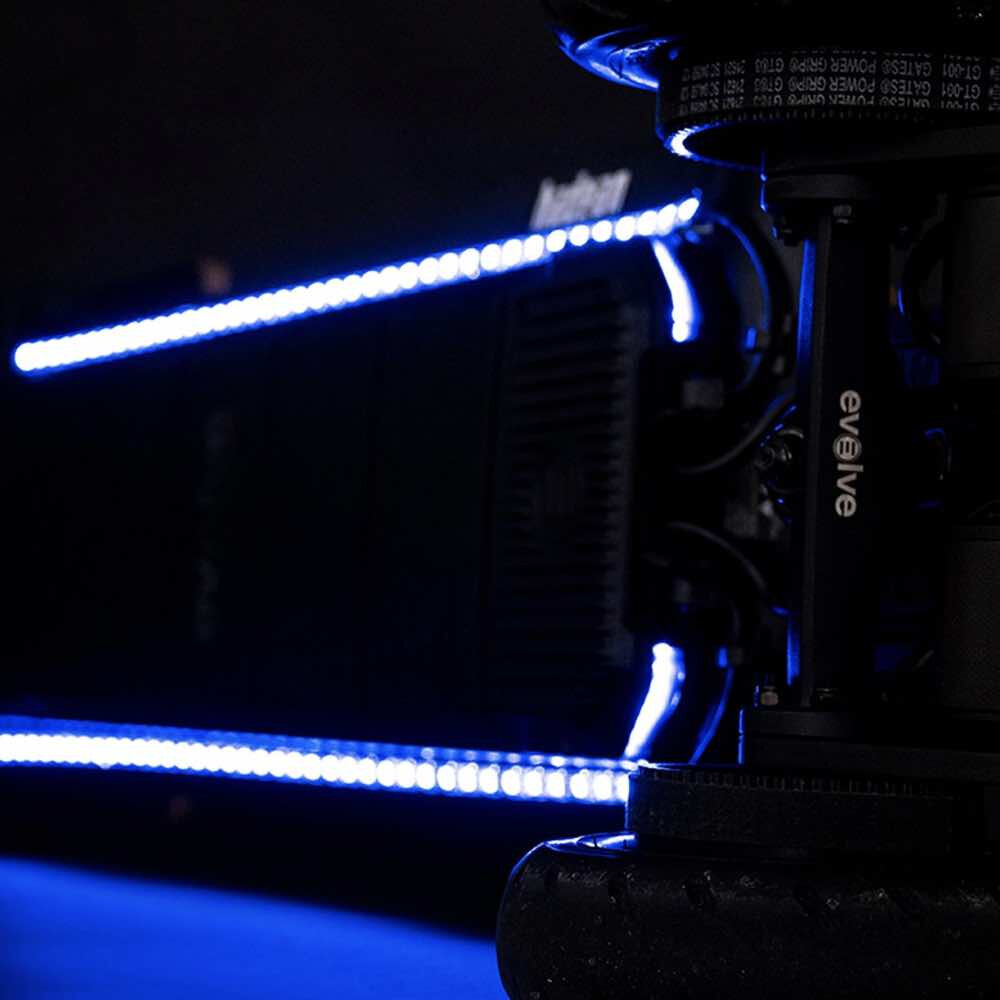
LED light strips are an excellent way to add ambiance to any room, but they can be quite finicky. One moment they may be working perfectly, and the next, they may refuse to turn on. Various issues can arise with LED light strips, such as flickering, dimming, or complete failure. However, before you throw in the towel and buy new ones, you should know that most LED light strip troubles are fixable. In this article, we will explore some common LED light strip problems and provide some quick and easy fixes to get them working like new again. LED light strips have become increasingly popular in recent years, and it’s no wonder why. They are versatile, energy-efficient, and can be used in a wide variety of settings. However, as with any electronic device, problems can arise. Some of the most common issues with LED light strips include poor connections, power supply problems, and issues with the remote control. Thankfully, many of these problems can be resolved with minimal effort and without the need for professional assistance. In the following sections, we will take a closer look at some of the most common LED light strip issues and provide step-by-step solutions for troubleshooting and fixing them.
LED light strips have become increasingly popular due to their versatility and energy efficiency. They can be used for various purposes such as accent lighting, mood lighting, and task lighting. LED light strips are also flexible, making them easy to install in any location or surface. Additionally, they come in a wide range of colors and brightness levels, allowing users to customize their lighting to suit their preferences. LED light strips are commonly used in homes, businesses, and even vehicles, providing a cost-effective and practical lighting solution. Despite their many benefits, LED light strips can experience technical difficulties, requiring troubleshooting solutions to ensure they are working efficiently.
Understanding common issues and knowing how to fix them is crucial when it comes to LED light strips. These light strips have become increasingly popular in recent years and are commonly used in home decor and lighting setups. However, they can be prone to a variety of issues such as flickering, dimming, or not working at all. Knowing how to troubleshoot and fix these issues can save time and money, and prevent frustration. It can also ensure that your LED light strips are working efficiently and effectively, providing the desired lighting effect for your space. Taking the time to understand common issues and how to fix them can make all the difference in the lifespan and performance of your LED light strips.
LED Light Strip Basics
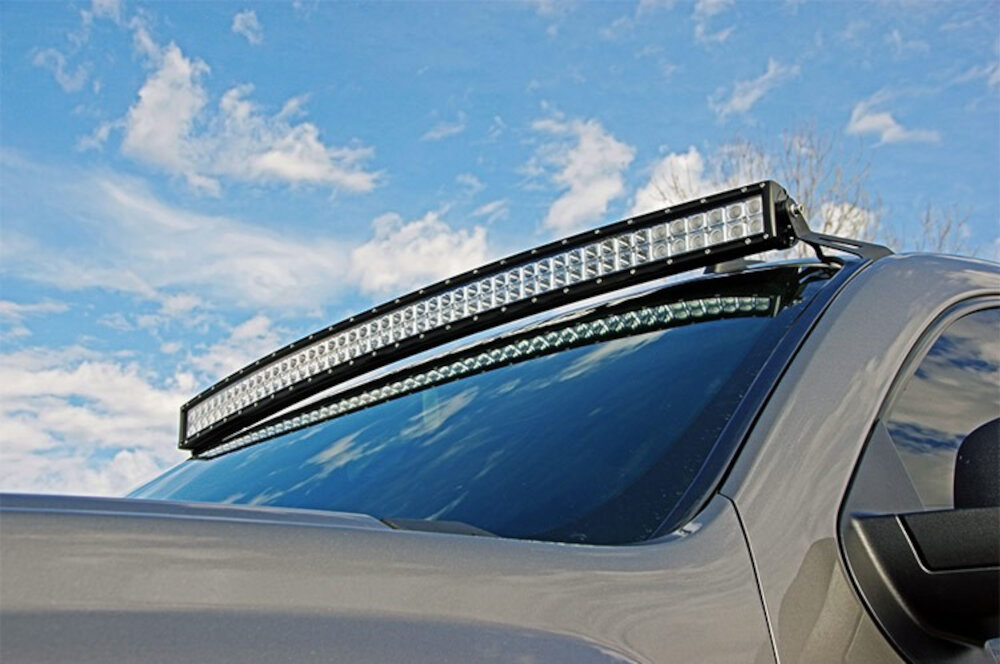
LED light strips have become increasingly popular in recent years due to their versatility and energy efficiency. They are used in a wide range of applications, from home décor to automotive lighting, and can be easily installed almost anywhere. LED stands for Light Emitting Diode, and the technology behind it involves an electrical current passing through a semiconductor material to produce light. The light emitted from LED light strips is bright, vibrant and can be customized to almost any color, making them an excellent choice for adding ambiance or accent lighting to any room or space. When it comes to troubleshooting LED light strips, it’s essential to understand the basics of how they work. LED light strips operate on direct current (DC), which means that the electrical current flows in only one direction. Most LED strips come with an adhesive backing and can be easily installed by sticking them to a surface. However, sometimes, the adhesive may not be strong enough or may wear off over time, causing the strip to fall off. When this happens, it’s essential to clean the surface thoroughly and use additional adhesive or mounting clips to secure the LED light strip in place. Other common issues with LED light strips include damaged connections, poor soldering, or faulty power sources. By understanding the basics of LED light strips and troubleshooting common issues, it’s possible to enjoy their benefits and create the desired ambiance in any space.
LED light strips are a versatile and energy-efficient lighting solution that has become increasingly popular in recent years. These strips consist of multiple small LED lights that are placed on a flexible circuit board. They come in a range of colors and can be cut to fit any length, making them ideal for a wide variety of applications. LED light strips work by using a semiconductor to convert electrical energy into light. When a current is applied to the semiconductor, it releases energy in the form of photons, which create the light. The color of the light depends on the specific materials used in the semiconductor. LED light strips are designed to be long-lasting and consume much less electricity than traditional lighting options, making them an excellent choice for both residential and commercial use.
LED light strips come in various types, each with its unique features and functions. The most common type is the flexible LED strip, which is easy to install and can be cut to the desired length. Another type is the rigid LED strip, which is more durable and can withstand harsher environments. There are also waterproof LED strips, ideal for outdoor use or areas with high humidity levels. Additionally, color-changing LED strips allow you to switch between different colors, while dimmable LED strips let you adjust the brightness to your liking. It’s important to choose the right type of LED strip for your needs to ensure optimal performance and longevity.
LED light strips come in various colors and brightness levels. The colors available include warm white, cool white, red, blue, green, and RGB (Red, Green, Blue). Warm white is ideal for creating a cozy and comfortable atmosphere, while cool white is perfect for a bright and modern look. Red and blue add a pop of color and are great for accent lighting, while green is often used for outdoor lighting or to create a calming effect. RGB LED strips are the most versatile as they can be customized to any color using a remote control or mobile app. Brightness levels range from low to high, with some LED strips capable of producing up to 10,000 lumens. It’s important to choose the right color and brightness level for your needs, as it can greatly impact the overall look and feel of your space.
Common LED Light Strip Problems
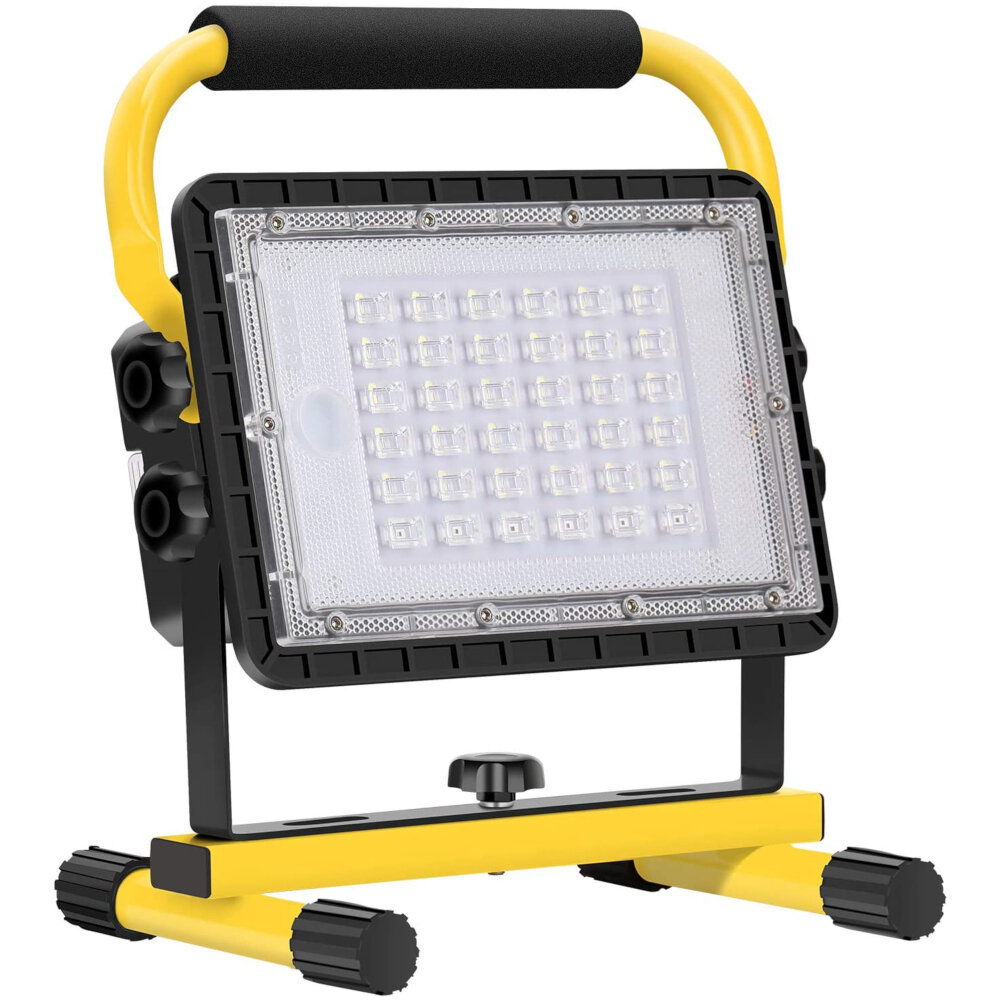
LED light strips have become increasingly popular due to their energy efficiency and versatility. However, like any electronic device, they may encounter problems that can be frustrating to troubleshoot. One common problem is a loose connection between the light strip and the power source. This can cause the lights to flicker or not turn on at all. To fix this issue, ensure that the power source and the light strip are firmly connected. If the problem persists, try replacing the power adapter or the light strip itself. Another issue that may arise is the color inconsistency of the LED lights. This can be caused by a number of factors, such as a faulty controller or a damaged LED chip. To solve this problem, check the controller settings and make sure they are correctly set to the desired color. If the issue is with a damaged LED chip, consider replacing the affected section of the light strip. It is also important to ensure that the LED light strip is of good quality, as cheaper versions may have inconsistent colors due to the use of low-quality components.
LED light strips are gaining popularity as they offer a versatile and energy-efficient way to enhance the ambiance of a space. However, like any other electronic device, they may face some issues. One of the common problems is poor adhesive, which causes the strip to fall off from the surface it is attached to. Another issue could be a malfunctioning power supply or controller, resulting in flickering or inconsistent lighting. Furthermore, LED light strips may have color inconsistencies or fail to produce the desired brightness level. These issues can be frustrating, but with proper troubleshooting, they can be resolved quickly.
Identifying the root cause of a problem is crucial before attempting to fix it, especially when it comes to LED light strip troubles. Without identifying the underlying issue, attempting to fix the problem may only result in a temporary solution or even exacerbate the problem. A thorough understanding of the root cause of the problem allows us to develop an effective strategy for fixing it, thereby saving time and resources. Additionally, identifying the root cause also helps prevent future occurrences of the same problem. Overall, identifying the root cause is an essential step in ensuring the long-term functionality and durability of LED light strips, as well as any other system or product.
It is crucial to address LED light strip issues quickly to prevent further damage as these problems can escalate into more significant and more expensive issues. For example, if there is a short circuit in the LED light strip, it can lead to overheating and even a fire hazard. Additionally, ignoring flickering or dimming lights can result in permanent damage to the LED chips, reducing their lifespan and effectiveness. The longer you wait to address these issues, the more severe the damage can become, ultimately resulting in a complete failure of the LED light strip. Therefore, it is vital to take prompt action and fix these problems as soon as they arise to avoid further damage and ensure the longevity of your LED light strips.
How to Fix LED Light Strip Problems
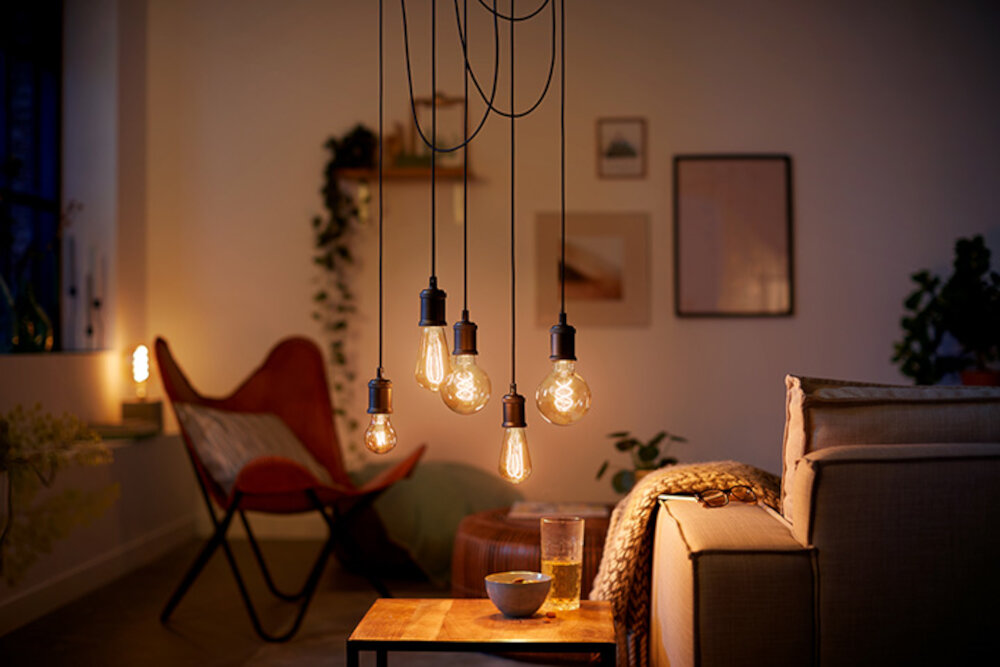
LED light strips offer a great way to add some ambiance and color to any space. However, just like any other electronic device, they may develop problems that can be frustrating to deal with. Some of the common issues with LED light strips include flickering, dimming, and color changes. Fortunately, most of these problems can be resolved quickly and easily with a few simple steps. One of the most common LED light strip problems is flickering. This can be caused by a loose connection, a damaged power supply, or an incompatible dimmer switch. To fix this issue, start by checking all the connections between the LED light strip and the power supply. If they are loose, tighten them up and test the light strip again. If this doesn’t work, try replacing the power supply with a new one that is compatible with your LED light strip. Finally, if the problem persists, it may be due to an incompatible dimmer switch. In this case, you may need to replace the switch or remove it altogether to get the LED light strip to work properly. In conclusion, LED light strips are a great way to add some personality and character to any space. However, they may develop problems that can be frustrating to deal with. If you encounter any issues with your LED light strip, start by checking the connections, power supply, and dimmer switch. With a little bit of troubleshooting, you can quickly and easily fix most LED light strip problems and get back to enjoying your colorful and vibrant lighting.
If you’re experiencing issues with your LED light strips, troubleshooting common problems can help you fix them quickly. Start by checking the power source, as a loose or disconnected connection can cause the LED strip to malfunction. Next, check the wiring and ensure that the wires are properly connected and not damaged. If the lights are flickering or not turning on, check the power supply and make sure it’s properly rated for the LED strip. Additionally, check the controller and make sure it’s set to the correct mode and that the remote is functioning properly. If you’re still experiencing issues, it may be time to replace the LED strip or seek professional help. By following these troubleshooting steps, you’ll be able to fix most common LED light strip issues quickly and easily.
Installing and maintaining LED light strips may seem like a daunting task, but with the right approach, it can be done with ease. Firstly, it’s important to ensure that the surface where the LED light strip is to be installed is clean and dry, as any debris or moisture can compromise the adhesive. Secondly, proper wiring should be observed, with the correct voltage and current rating being used. Thirdly, it’s important to avoid bending or folding the LED light strip, as this can damage the circuitry and cause future problems. Lastly, to maintain the longevity of the LED light strip, it’s important to regularly clean it with a microfiber cloth and avoid exposing it to extreme temperatures. By following these tips, you can ensure that your LED light strip functions optimally and lasts for years to come.
LED light strips are an excellent source of light, but sometimes they can cause problems that require professional help. For instance, if the LED light strip is not working at all, it may be a sign of a faulty power supply or wiring. Similarly, if the LED light strip is flickering, it may indicate a problem with the power source, or there may be a loose connection. Moreover, if the LED light strip is dimmer than usual, it may be a sign of a damaged LED or a faulty driver. In these cases, it may be necessary to seek professional help to fix the LED light strip problems. A professional electrician or technician can diagnose the problem and offer a solution that is safe and effective.
Advanced LED Light Strip Troubleshooting
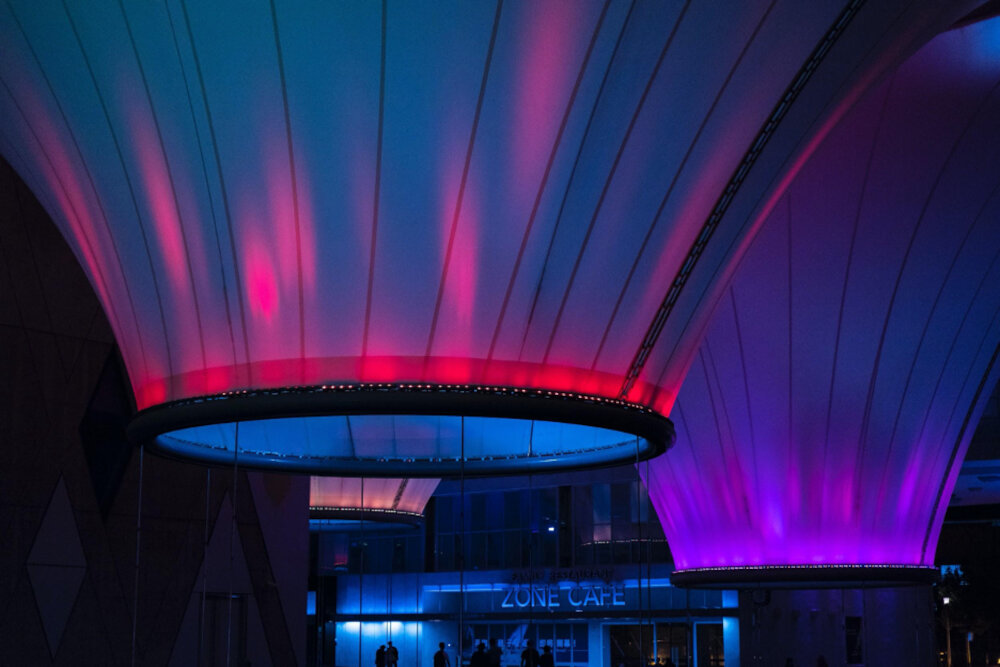
If you’re an avid user of LED light strips, you might have encountered some issues along the way that can hinder the functionality of your lights. In some cases, the issues might be simple and can easily be resolved with a quick fix. However, sometimes the issues might be more complex, and you’ll need to take more advanced steps to troubleshoot the problems. Advanced LED light strip troubleshooting typically involves a deeper understanding of the technology and requires more technical expertise. It’s important to note that if you’re not comfortable with advanced troubleshooting, you should seek the help of a professional. One of the most common advanced LED light strip troubleshooting issues is voltage drop. Voltage drop happens when the voltage running through the LED light strip is reduced, causing the brightness of the lights to decrease. To fix this issue, you’ll need to add more power to the LED light strip. The easiest way to do this is by adding a power supply. Make sure to check the power supply’s wattage and voltage to ensure that it matches the LED light strip’s requirements. If you’re still experiencing voltage drop issues, you might need to add a second power supply to the end of the LED light strip. This will help to boost the power supply at the end of the strip, ensuring that the lights remain bright and fully functional.
While LED light strips are a great way to add ambiance and style to any space, they can present with some more complex issues that require troubleshooting. One common issue is flickering lights, which can be caused by a faulty power source, incompatible dimmer switch or incorrect wiring. To fix this, ensure that the power source matches the voltage of the LED strip and that the dimmer switch is compatible. Another issue is uneven lighting or sections of the strip not lighting up at all, which can be caused by damaged or faulty sections of the strip, a loose connection or incorrect wiring. To fix this issue, check for any visible damages to the strip and ensure that all connections and wiring are secure and correctly installed.
When attempting to fix complex issues with LED light strips, it is crucial to prioritize safety precautions to avoid any potential hazards. These light strips often involve electrical components and wiring, which can be dangerous if mishandled or improperly installed. Before beginning any repairs or troubleshooting, it is essential to turn off the power source and unplug any connected devices. It is also recommended to wear protective gear, such as gloves and safety glasses, to minimize the risk of injury. Taking these safety measures not only safeguards the individual performing the repairs but also ensures the integrity and longevity of the LED light strips.
While LED light strips can be fixed if they malfunction, there are times when it may be more practical to replace them entirely. For instance, if the strip is damaged beyond repair, has been exposed to water or moisture, or has exceeded its lifespan, it may be more cost-effective to purchase a new one. In addition, if you have made multiple attempts to fix the strip and are still experiencing issues, it may be time to consider replacement. It’s important to note that LED light strips are relatively inexpensive, and purchasing a new one may be a more efficient and effective solution than spending time and effort attempting to fix it.
Understanding and fixing LED light strip problems quickly is crucial for several reasons. First and foremost, these light strips are often used for decorative purposes and can add ambiance to any space. When they malfunction, it can quickly ruin the mood and aesthetic of the room. Additionally, if not addressed promptly, LED light strip problems can lead to safety hazards, such as electrical fires or shocks. Furthermore, leaving a malfunctioning LED light strip can cause further damage to the strip or the power source, making repairs more extensive and expensive in the long run. Therefore, it’s essential to address any issues with LED light strips as soon as possible to maintain the atmosphere, ensure safety, and save money in the long run.
The article titled \LED Light Strip Troubles Here’s How to Fix Them Quickly!\ outlines a series of troubleshooting steps to help resolve common issues with LED light strips. The first step is to check the power source and ensure that the strip is receiving sufficient voltage. If this is not the issue, the next step is to inspect the wiring and connections to ensure they are secure and properly connected. If the wiring is fine, the article suggests checking the remote control or controller and replacing the batteries if necessary. Finally, if none of these steps resolve the issue, the article recommends contacting the manufacturer or seeking professional assistance. By following these steps, individuals can quickly and easily troubleshoot and resolve issues with their LED light strips.
LED light strips are an excellent option for adding a pop of color and ambiance to any room. However, they can quickly become frustrating if they start to malfunction. To avoid these issues, it’s important to properly maintain and care for your LED light strips. This includes ensuring they are installed correctly, cleaning them regularly, and avoiding overloading the power supply. By taking these simple steps, you can save yourself time and money in the long run, and enjoy the benefits of these versatile and stylish lighting solutions for years to come. Remember, prevention is always better than cure when it comes to LED light strip troubles!
Conclusion
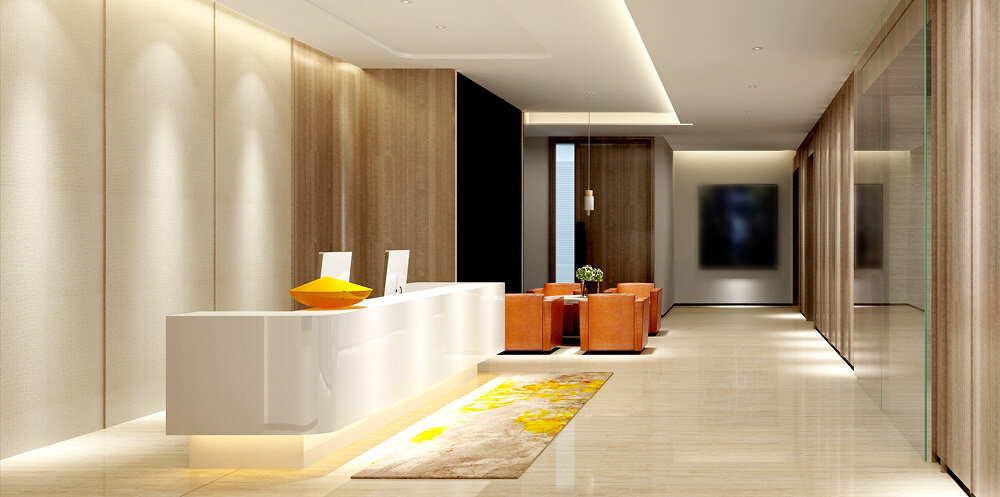
In conclusion, troubleshooting LED light strips may seem daunting at first, but with the right steps and knowledge, it can be a quick and easy fix. By checking for loose connections, ensuring proper power supply, and addressing any issues with the controller or remote, you can have your LED light strip shining brightly in no time. Additionally, taking preventative measures such as using the correct adhesive and avoiding overloading the strip can prevent future issues. With these tips and tricks in mind, you can enjoy the full potential of your LED light strip without any troubles.

